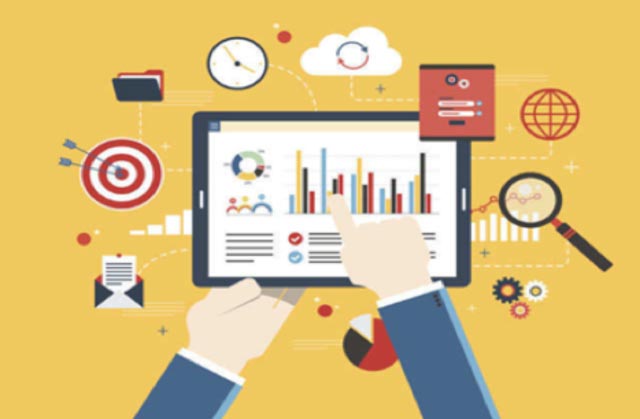Blog
What the SME needs today!
– Venkatesh Rangachari
Over the past few months, more and more SMEs are making the transition from offline and online. There is widespread understanding that the post COVID world will change the way businesses meet and interact with customers- both B2C and B2B.
Consumers will enter the offline world for transactions out of necessity. Be it malls/ cinemas/ eateries or retail shops. Only the most important and urgent use cases will force customers out of their homes.
Hence engaging customers at both ends of the funnel- the top and the bottom, will no longer happen at the Point of Sale as in the past. And as companies accept this reality, they begin to express interest in learning about digital marketing. From customer acquisition, product/service delivery, payments, all digitally done is a new world for many companies. Keeping customer and employee safety in mind, the move to a digital existence makes a lot of sense to all types of companies.
Add to this, the ability of clients to reach international markets or even distant new markets in India, going digital makes an even more compelling case for companies.
B2B companies further add that client acquisition was not a big worry in the past. The business worked with its clients for more than 3-4 decades and hence the game was more about retention than acquisition. But now, as clients ask for lower prices and in certain cases, reduce orders due to lower demand, these B2B companies are looking to acquire new customers.
The question that comes to our mind is: How best can social media agencies and marketplaces help these clients make the transition from offline to online. A partner company which is a marketplace in the B2B services space, surveyed over 200 SMEs to understand their top marketing challenges in the new post COVID world.
The biggest challenge is now customer acquisition. Where in the past old clients used to suffice in the B2B space, it’s no longer true now. Clients are reducing orders or even cancelling them. So, finding new possibilities in different geographies is a clear priority. Also, with the end of exhibitions/ trade shows/ on ground activation, it’s all about finding new ways to meet and impress new clients.
Referral clients are no longer so easy to find. Strangers need to sell to strangers. Going back to the basics. What is my brand? Why is it differentiated? Whether B2B or B2C, companies have had to ask these questions of their brands.
A similar concern is echoed by the B2C side. Where retail margins and distributor push were the key weapons in the past, today it is difficult for new brands to get any investment from trade partners. Hence moving to digital acquisition and fulfilment is the need of the hour. Direct to customers is a label we are hearing more and more, and for good reason. Customers pay (often in advance) for their products. Limiting hugely working capital requirements. Trade margins are saved. Of course, spending on digital acquisition increases, that has to be compared to savings in salesforce, saving in distributor and retail margins, and finally savings in working capital.

Following from the above is the channel itself. Impulse off the shelf purchases are no longer possible. Brands are competing with a virtual basket of goods. How does one stand out in this noisy environment? How does one create enough content? Differentiated content! Where earlier one radio jingle for advertisement would play again and again, now banners on Facebook need to be updated daily. Creating content and delivering it on the relevant social media platforms are becoming important and looks like the need of the hour!
About The Author
Credits: Venkatesh Rangachari, Co-founder, GroCurv.com – a B2B Services Procurement Platform headquartered in Gurgaon



